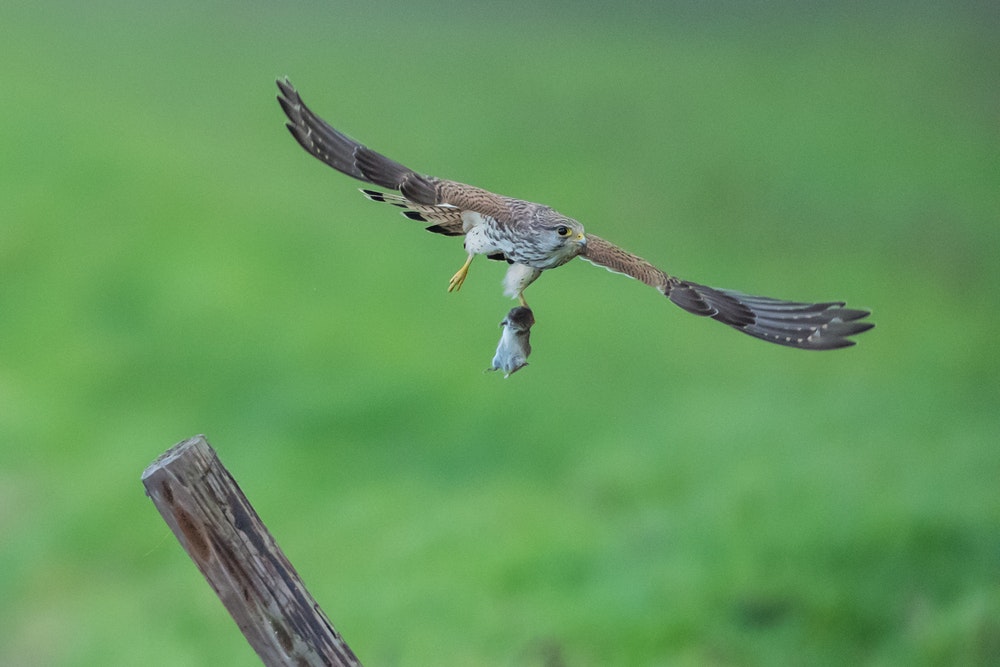Finding a dead animal inside of your house or on your property can be a jarring experience. Dead animals emit odors, attract insects, and can crawl into small nooks and crannies within your home. Where you live has a lot to do with your animal contact. For instance, those in Huntington Park, California, probably have Huntington Park Animal Control as one of their speed dials due to the number of rodents, raccoons, snakes, and opossums, while some areas with colder climates like Minnesota may have far less contact with rodents and opossums.
Whether you live in an animal-infested area or in an area with little animal life, it’s important to understand what to do should you ever run into a dead animal on your property.
What do you do if you find a dead animal? Do you remove it on your own? No! Here’s why removing dead animals from your home or yard could potentially be dangerous and why you should reach out to animal control for dead animal removal.

It Could Have a Disease
Dead animals can carry some pretty nasty diseases that can be harmful — or potentially deadly — to you or your domestic animals. Typically, these diseases spread when you make physical contact with the animal carcass.
Tularemia
Tularemia is a disease that comes from the bacterium Francisella tularensis. Tularemia is most commonly transferred from animals to humans via contact with dead animal carcasses. Symptoms of Tularemia can range from mild to extremely severe, with some cases being fatal. Symptoms of Tularemia usually appear within three to five days after contact with the animal carcass.
Anthrax
Anthrax is unlikely in rodents, opossums or snakes, but it affects many grazing animals. Anthrax remains in dead animal carcasses for as long as 70 years, so there is still a significant chance of contracting it if you come in contact with a carcass of an animal that carried it. Anthrax is potentially fatal. If you’re going to be around a lot of dead grazing animals, get vaccinated.
Fleas, Ticks, and Lice
Animal carcasses are notorious for being infected with fleas, lice, and ticks — all of which carry their own nasty bacteria. Of course, these fleas, mites, ticks, and lice are all looking for a new host (the last one isn’t doing so hot), so they would be happy to make you or your domesticated animal their new home. Here is a list of diseases that could be carried by fleas, lice, and ticks on animal carcasses.
- Lyme disease
- Typhus
- Rocky Mountain spotted fever
- Tick paralysis
- Tularemia (they can carry the bacterium as well)
- Ehrlichiosis
They can even carry the bubonic plague.
Conclusion
Remember, dead animal carcasses can carry a bunch of nasty diseases, many of which could be potentially fatal. If you find a dead animal in your house or on your property, contact animal control. Animal control specialists have been trained to handle these situations without risking contact with all of these horrible diseases. If you’re unaware of your local animal control’s phone number, just Google “animal control near me.” Don’t risk it; contact the experts.